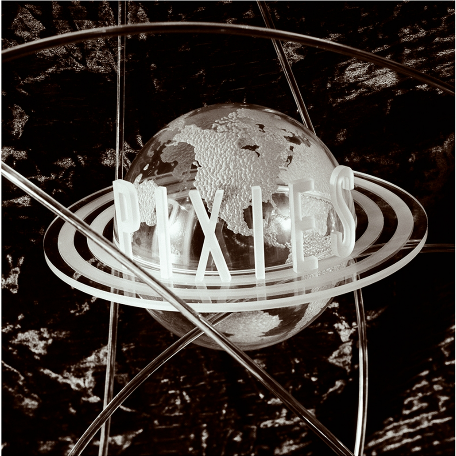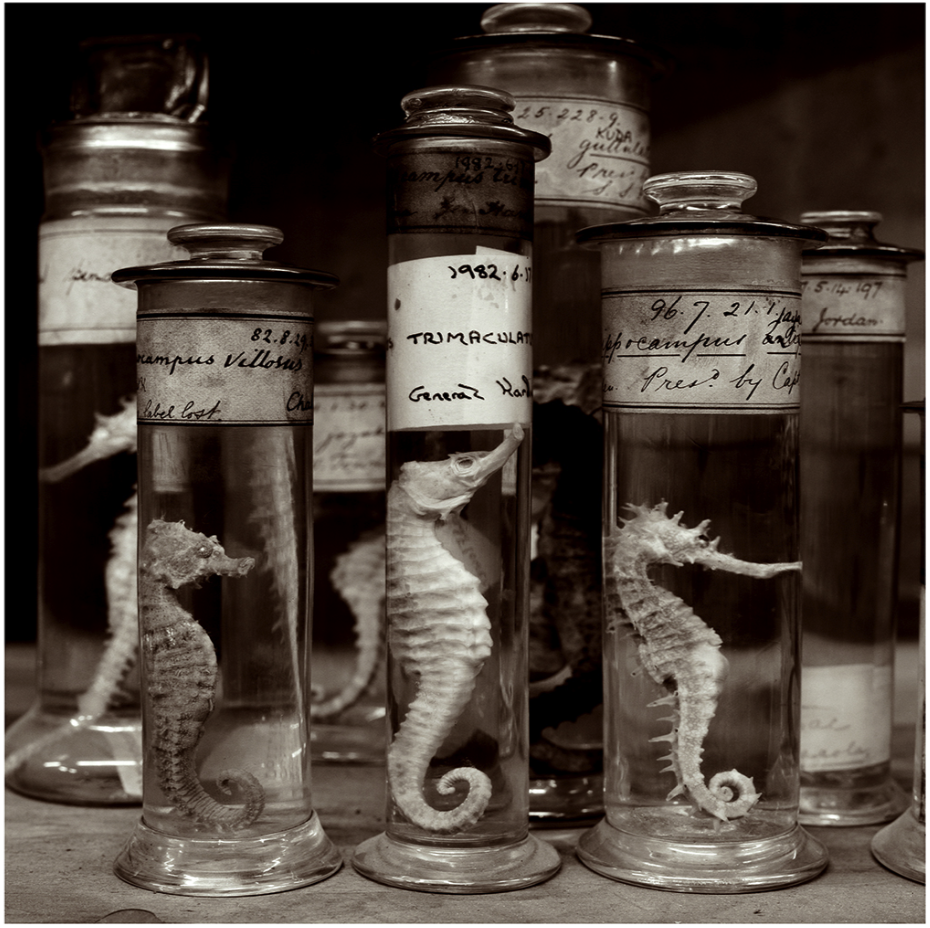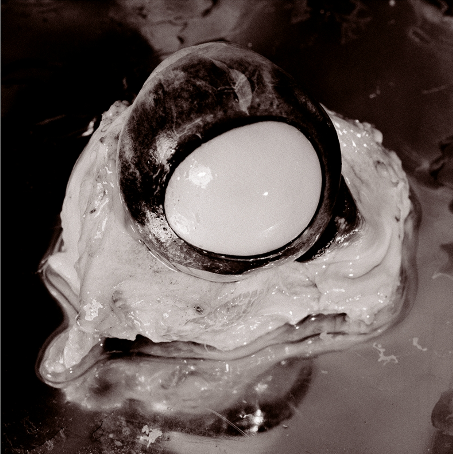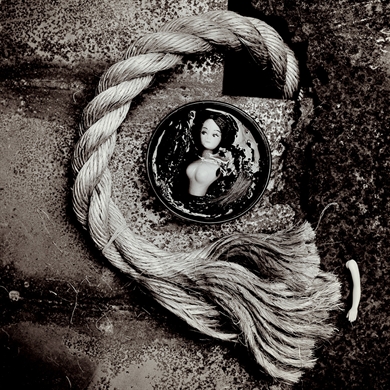Simon Larbalestier: A Pixies retrospective
It is a complete pleasure to share details of this exhibition with you, as it features some incredible work by acclaimed photographer Simon Larbalestier. If you know the music of Boston band the Pixies, then you will already be very familiar with Simon Larbalestier’s work, as his photographs feature on the covers of their five studio albums between 1987 and 1991, and a clutch of their singles. Chances are you will actually know the Pixies music without realizing it: their songs have recently been used as sonic background on ads by VISA and Channel Five in the UK.
Simon’s signed limited edition photographs are available to own in a range of sizes and visitors will be able to see examples of each of the sizes in the flesh on the walls, including a spectacular six ft high version of Simon’s classic Surfer Rosa photograph. We are also showing some extremely precious original polaroids from Simon’s Pixies album cover sessions from his personal collection. These have not been shown in public before.
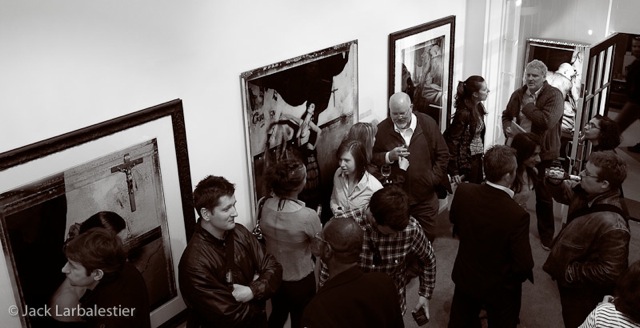
Further detail
The Pixies are one of the most pioneering bands of the late 80s and influenced countless musicians, including Nirvana, Pearl Jam and Radiohead. The covers of their five studio albums, all of which featured the surreal photographs of Simon Larbalestier, with graphic design by Vaughan Oliver, were a vital part of the band’s image.
Oliver’s graphic design work has already been the subject of a number of exhibitions. The purpose of this retrospective is to focus on Simon Larbalestier’s photographs in isolation, stripping away the design element and showing them as a coherent body of work in their own right.
” If there were a ‘fifth Pixie,’ it would have been Simon – his work so suited what they were doing.” Vaughan Oliver, Pixies graphic designer
Simon Larbalestier chose to include a macabre photograph in his final degree show at London’s Royal College of Art in 1987. Inspired by Gustave Flaubert’s haunting work The Temptation of St Antony, Larbalestier had created an elaborate and slightly unsettling scene in which a bald headed man with an outrageously hairy back sat with his back to the camera, face obscured. Parts of the scene covered by a silk drape, into which a fish had been nailed.
Pixies graphic designer Vaughan Oliver attended the show, saw the image and knew instantly that it fitted perfectly with the brief he had received from Pixies front man, Charles Thompson (aka Black Francis). That photograph was used on the cover of the 1987 Pixies EP Come On Pilgrim.
Larbalestier’s photographs subsequently appeared on the covers of the Pixies four studio albums;
- Surfer Rosa, featuring a beautiful dancer in an elaborately staged set featuring dark drapes, a fish, a crucifix and a smashed Pixies guitar head;
- Doolittle, with its halo-clad stuffed Monkey on the cover, together with a series of portraits referencing the macabre lyrics and showing textures, decay and desolation in a lavish inner lyric booklet;
- Bossanova, with its Pixies planet and finally Trompe Le Monde, with its surreal bulls’ eyes
Decay, isolation and the visual impression of time ravaged objects were key elements in Larbalestier’s work, and photographs from this early period were created using what Larbalestier describes as his ‘scientific approach’. This was characterised by elaborately staged sets, where images were shot mainly on black and white film on large static cameras, and then sepia toned later in the darkroom to add feeling and atmosphere. Early work such as Come on Pilgrim and Surfer Rosa were shot on Polaroid type 55 film, which yields both a positive print and a negative image that can be used in an enlarger. The distinctive patterned borders of type 55 film served to heighten the sense of decay and otherworldliness.
“Everything about the Pixies imagery was constructed, often built as a small set as in the Doolittle series or a life size collage set for the Surfer Rosa series. Everything was sourced and built from scratch in front of the camera lens. The vision was a constructed one – not a document of real life.” Simon Larbalestier
Click on the images below to view price and size options.








